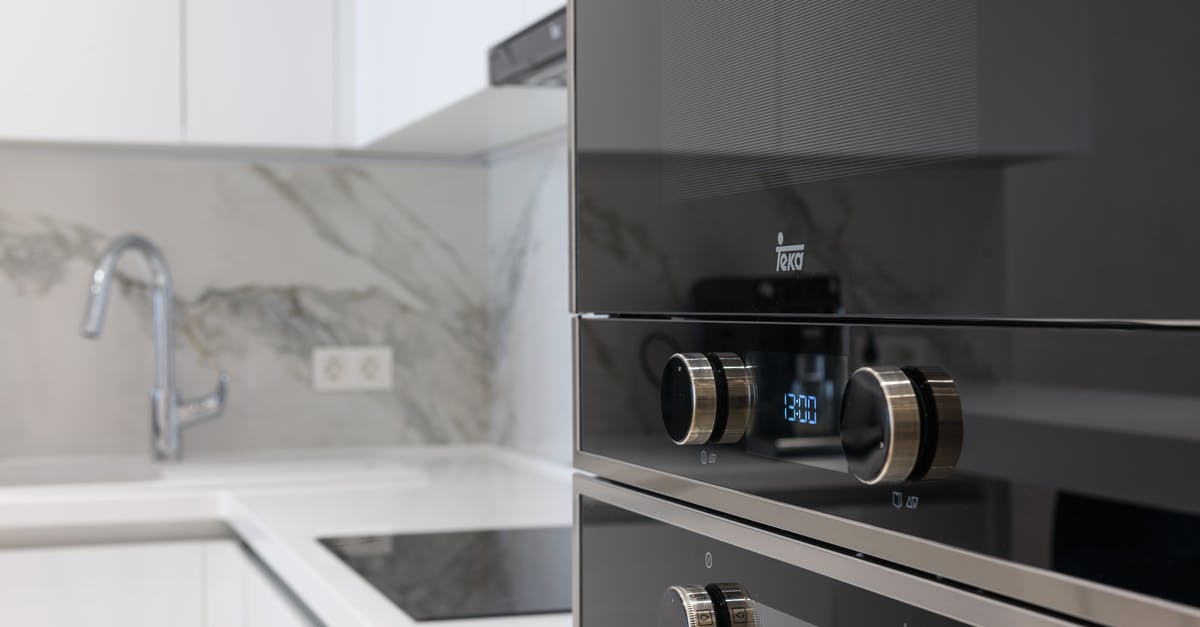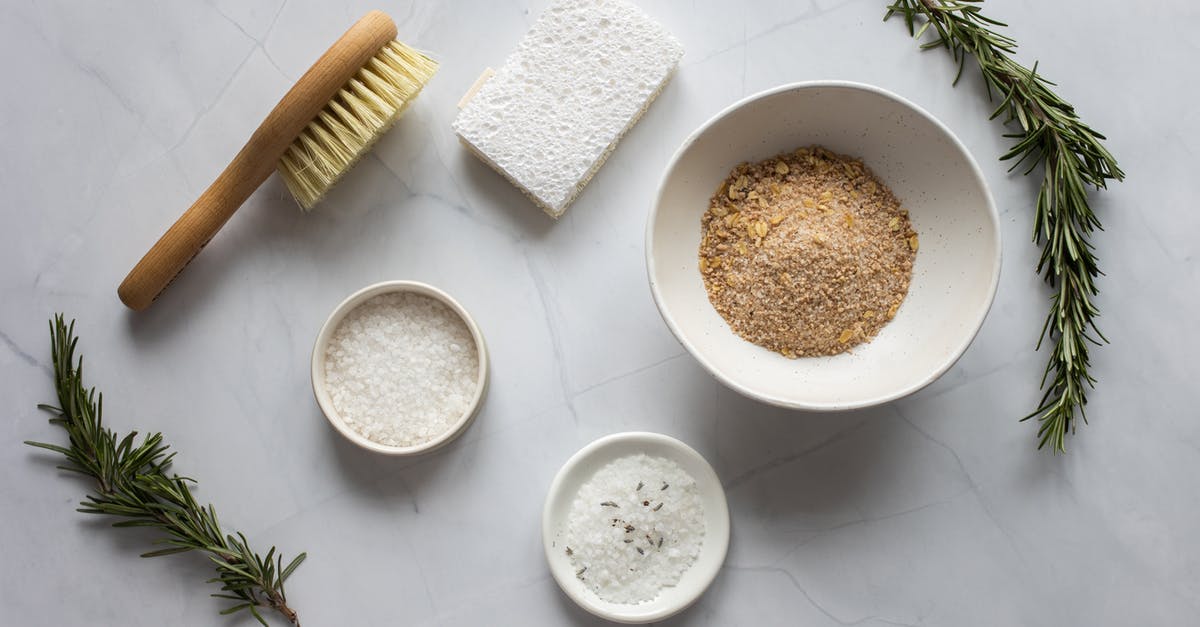Rice Cooker Technology Best Suited for White Basmati Rice?

This is my staple food and unfortunately my 25 year old National rice cooker just died. The crop of new models are bewilderingly complex--most troubling is that few seem to have a "Non-Sticky" or "Long Grain" option (which my old National did and which worked great). I'm really just looking for set and forget convenience and decent quality rice and would appreciate any input on what's most appropriate for white Basmati: Simple Micom, Pressure Cooker, or Induction Heating?
Best Answer
Rice cookers have evolved over the years, as have many kitchen appliances. While I haven't had the pleasure of owning or using the more expensive models, I will attempt to address the pros and cons of each. Irrespective of the cooker used, it goes without saying that how you prepare your rice beforehand will also have a major effect on the end result, as will the quality of rice used. I always wash and rinse rice before cooking to remove any rice dust and excess starch. Some soak the rice as well, but this is unnecessary with a rice cooker, and may result in overcooked or soggy rice.
Different technologies invariably result in a different end result, so in the final analysis, it will be very subjective as to what can be considered the best device.
"Classic" rice cookers
These have been around since the 1950's and comprises of a heating plate and a spring loaded pressure sensor. The most basic electric rice cooker on the market, it will have two settings, "Cook" and "Keep warm". Once the water is heated and boiling, is starts to evaporate, reducing the weight on the sensor. Once all the water has evaporated, the rice continues to steam, and at a preset point, the heating element is switched over to a lower "Keep warm" setting. Some of the more expensive models have other settings to accommodate brown rice etc, but the most basic models are designed for white rice only. In my experience, this consistently gives a moist, very slightly sticky rice.
Pros
- Cheap and nothing much to break
- Easy to use
- Cooks rice relatively quickly
Cons
- No control over the texture of the cooked rice. When it's cooked, it's cooked
- Rice frequently sticks to the bottom of the pan
- End results depend on accurate water/rice ratio
- Most basic models will not cook brown or black rice properly
Electric pressure cookers
These devices are an evolution from the former appliance, many share the same base heating element, internal cooking pot and spring loaded sensor. Instead of a loose fitting lid, these have a sealed lid with a gasket and many sensors, safety interlocks, as well as some control logic or a microprocessor. As a result, they can cook many different dishes apart from rice, and allow the home chef much greater control over cooking time, pressure etc. As a result they are much more flexible, but also are not as straightforward to use as the former. I personally prefer this to my classic rice steamer, as I can get perfect, ever so slightly Al dente, fluffy rice consistently and quickly.
Pros
- Can also be used for a wide variety of other dishes
- By adjusting the cooking time and pressure you can control the softness of the rice from "Al dente" to complete mush
- Rice does not stick to the bottom unless overcooked
- Frequently cheaper than a dedicated, microprocessor rice cooker
- Can cook all varieties of rice
Cons
- More of a learning curve to get decent results
- Seal on the lid will require replacing eventually
- More to break and go wrong
- Some people are very wary of cooking under pressure
Microprocessor and fuzzy logic (Micom) rice cookers
Up until fairly recently, these were the "Rolls Royce" of rice cookers, favoured by foodies and rice aficionados everywhere. Using an internal heating element, multiple sensors and often microprocessors, these devices offer a bewildering array of cooking programs, all dedicated to perfect rice. Up until recently these were mainly focused for the Japanese and Korean markets, and were only available as an expensive import to the West. Depending on the design, some employ fuzzy logic (Micom designation) to achieve the best results, bringing an almost AI approach to rice cooking. Be aware though, that some of these cookers can only cook white rice.
Pros
- These products are designed for one purpose only- Cooking rice. Provided a well known, reputable brand (e.g. Zojirushi or Cuckoo) is used, the results should be spectacular
- Best for someone who eats rice frequently
Cons
- Expensive
- Many other manufacturers have tried to jump on this bandwagon, but despite the high price, the end results are sometimes disappointing. Caveat Emptor.
- If you want to cook anything other than white rice, you will need a more expensive model with fuzzy logic
Induction rice cooker
The latest generation of the above, this cooks the rice in a sealed induction pot. The clearest benefit of this is you can adjust the temperature of the cooking rice instantly, rather than having to wait for the device to cool. It also distributes the heat more evenly during cooking.
Pros
- As above
- Cooks faster (as induction years up quicker)
Cons
- Very expensive
- Not widely available
Pictures about "Rice Cooker Technology Best Suited for White Basmati Rice?"



What is the best way to cook basmati rice in a rice cooker?
How to Cook Basmati Rice in A Rice Cooker?Can you put basmati rice in a rice cooker?
Rice cookers can be used for all types of rice, including white, brown, long-grain, short-grain, jasmine, basmati and wild rice. They can also be used to make different grains, like quinoa and oatmeal. Just be sure to adjust the water ratio accordingly, especially if your rice cooker doesn't have multiple settings.How do you keep basmati rice from sticking in a rice cooker?
Putting a small amount of fat, such as a teaspoon of vegetable oil, can lubricate the rice and keep the grains from sticking to one another during cooking. Once it starts cooking, the oil will be submerged with the rice. Add the oil immediately before you turn on the cooker.Which rice cooker cooks the best rice?
Our Top Rice Cooker Picks- Best Overall: Zojirushi Neuro Fuzzy 5.5 Cup Premium Rice Cooker.
- Best for Beginners: Zojirushi 3-Cup Rice Cooker.
- Best for Small Spaces: Dash Mini Rice Cooker.
- Best Budget: Aroma Rice Cooker.
- Best for Brown Rice: Tiger Micom 5.5-Cup Rice Cooker.
- Best Alternative: Instant Pot Duo.
Do You Need a $350 Rice Cooker? — The Kitchen Gadget Test Show
Sources: Stack Exchange - This article follows the attribution requirements of Stack Exchange and is licensed under CC BY-SA 3.0.
Images: Max Vakhtbovych, Max Vakhtbovych, Monstera, Andrea Piacquadio
